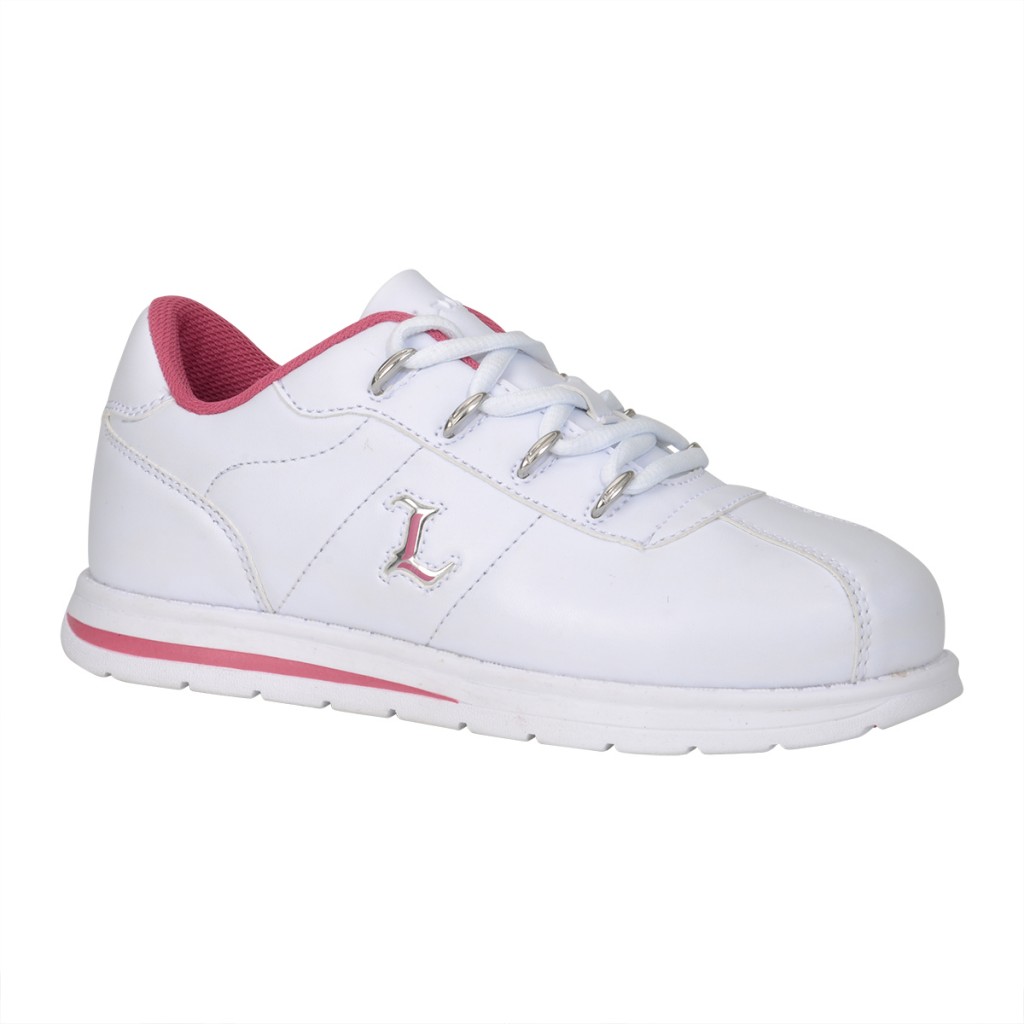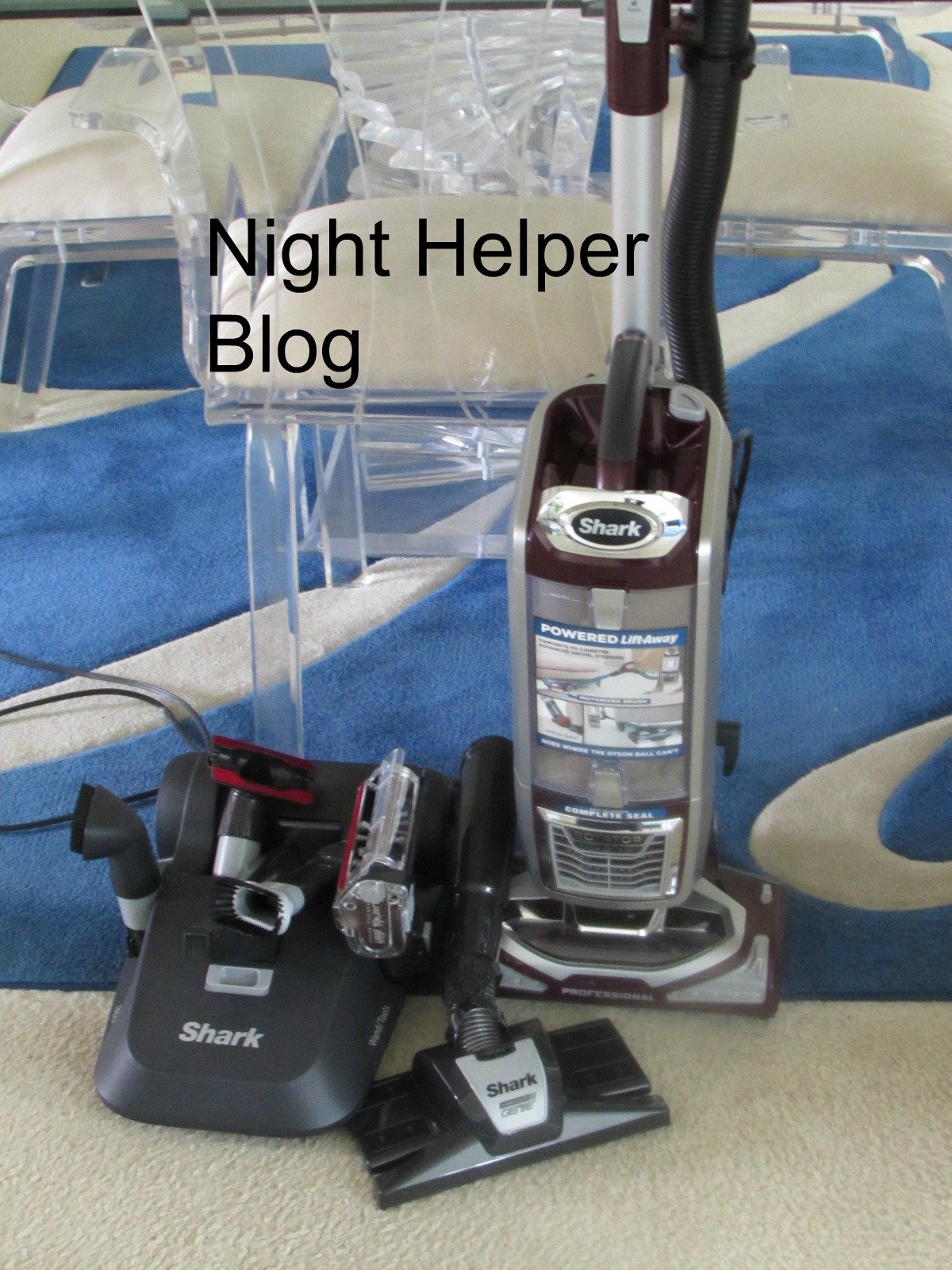Cleaning and Organizing: How Are They Different
When parents tell their children, “Clean your room,” they may not be articulating the desired goal. While it may appear to be a semantics debate, there is a distinction between cleaning and arranging. Do children genuinely understand how to clean their rooms? What do their parents necessarily imply? Similar to clear instructions on the best Australian online casino, you must first identify and clarify what the two are.
Children don’t always know what to do when they see their parents scream, yell, or shout at them to tidy their rooms. Kids sometimes believe that this entails shoving their belongings under the mattress or into the wardrobe. This, naturally, does not achieve the aim that parents seek. So, are parents offering their children bad advice?
Cleaning is the process of eliminating dirt, filth, and dust from a variety of surfaces. When children are urged to tidy their rooms, they are immediately perplexed by their parents’ directives. “Clear your room,” “tidy your room,” or “arrange your room” is what the parent is actually saying. Children, on the other hand, have no concept of organization at a young age.
Parents must display organizational abilities and include them in the process. Children must be included in the decision-making process. This includes deciding where goods go, what may be donated, and what can be discarded. Parents should let their children make their own decisions during the process rather than try to persuade them. Children know what they want to get rid of. “Oh, but your uncle gave you that item; how can you give it away?” might make them feel bad about what they desire, undermining their decision-making capacity.
Even if they were feeling confident about their ability to make rapid decisions, they are nevertheless plagued with guilt. A kid is still attempting to completely comprehend the concept. And this second-guessing might harm a really excellent talent and impede their progress in this area.
Instead, parents may encourage good judgment and discuss organizing ideas. These could be “a place for everything and everything in its place” and grouping objects together. Parents should model organizational habits for their children on top of teaching them these skills. Showing kids how to hang clothing on hangers, arrange books on shelves, and put toys in boxes will help them comprehend what it means to be orderly.
These habits must be reinforced once they have been learned. You should choose a location to keep various goods together. Choose a location for arts and crafts supplies, hang hats, sweaters, jackets, and backpacks, and make space in your home for the objects they use.
Organizing doesn’t have to be tedious—use labels to make your house even more organized. If your kid is too small to read labels, you may make images or stickers and attach them to the containers or shelves to show them where the objects should go. Allow your kid to assist you in creating attractive labels that will urge them to return objects to their rightful places.
So, if you educate youngsters on how to arrange and tidy up, they may take control of the project and truly grasp what you imply when you say, “Clean your room!” Developing organizational skills in children will benefit them in all facets of their lives.




